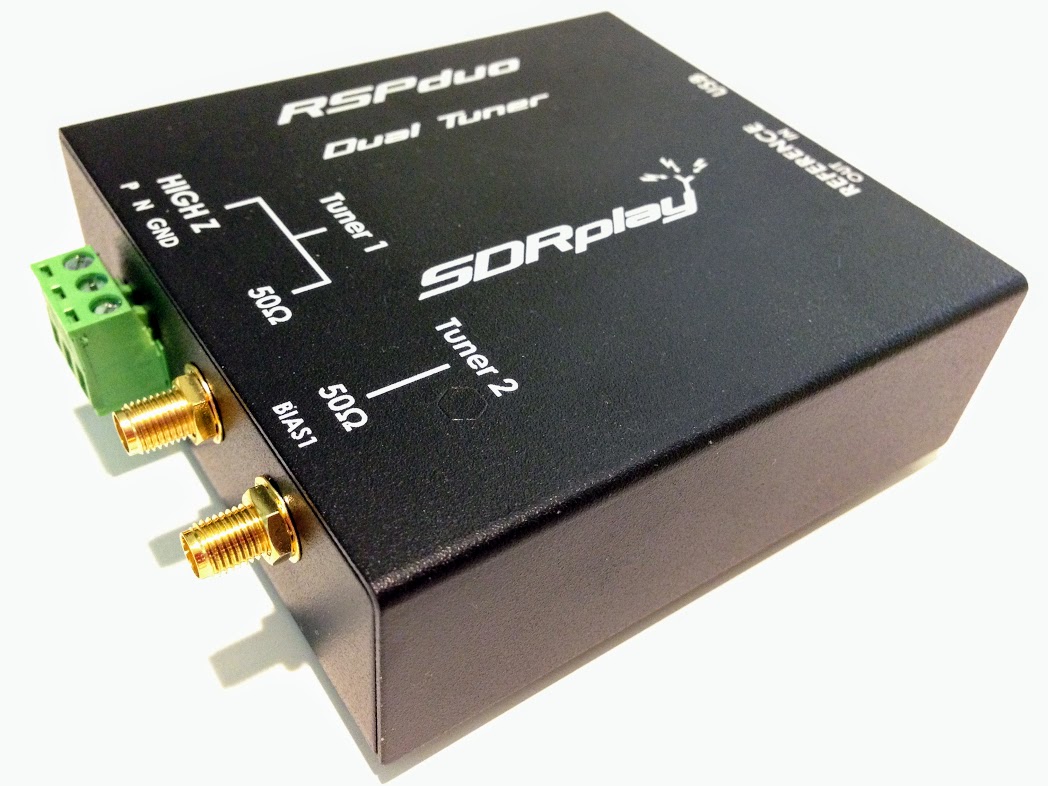I just finished listening to the most recent episode of the Ham Radio Workbench with John Fallows (VE6EY) as a guest.
John is an SWL and Ham Radio operator and speaks at length about how he uses diversity reception to mitigate persistent local RFI (radio frequency interference).
If you have persistent issues with radio interference or if you’ve been curious about using diversity reception for mediumwave and shortwave DXing, I highly recommend listening to this episode. John has been known to frequent the SWLing Post and actually comes into the discussion primarily from an SWL’s perspective.
If you’ve tried diversity reception or a noise-cancelling system like the Timewave ANC-4+ in the past with mixed results, you’ll definitely benefit from listening to John’s best practices.
In addition, John points out that the excellent SDRplay RSPduo is a very affordable way to explore proper diversity reception.
How effectively can you mitigate RFI with diversity reception? Check out this video on YouTube queued up to the point where John does a live demo with his Anan SDR and loop antennas: https://youtu.be/vu8D87aVUTQ?t=2011 (I also recommend watching to full video presentation for even more detail.)
I’ve embedded the audio for the Ham Radio Workbench podcast below, but you can also find it along with show notes on the Ham Radio Workbench website.
Ham Radio Workbench is one of my favorite podcasts; if you like exploring a wide variety of technical topics, I highly recommend checking it out. It’s available on all podcasting platforms.
Also, check out John VE6EY’s YouTube channel and web site/blog.


William, bet you fondly remember copying the Reuters Caribbean link and the Jeddah-New Delhi links?
Ah, those long ago days…
I have been having good success (after many failures) with two wire-loop antennas on the wooden porch. These are actual wire loops in a rectangle, one about 50 feet and another 45 feet long going in different directions, draped over the wooden beams. They actually (spacially) overlap in the center, so they don’t always have to be 100 feet apart. If I can find time, I will write up an article to demonstrate with and without diversity.
My most troublesome band is the 31 meter band where this diversity does not work and is still full of noise. Most other bands for SWL and HAM I can find the right combo of settings on the DX Engineering NCC-2 to reduce a lot of the noise. For instance, I just recorded the latest Encore program on WRMI on 5850 kHZ and it was essentially noise-free.
I will look into John’s presentation since the noise reduction can be better. I want to know if I can diversify THREE loop antennas (the output of one Timewave/MFJ/NCC device being fed into a second one using a third loop antenna)?
I learned about diversity reception, space and frequency, during my tenure in the Army between Feb., 1966, and Feb.., 1969, and a COMINT type using some very exotic and also some very common antenna systems with some exceptional radio receivers, most notably R-390( ), R-391, R-389, and variants of the SP-600 receiver,
Antennae ranged from log periodic, rhombic, random-length longwires, whips, and, of course Wullenwebbers (AN/FLR-9( )). As a civilian, I managed to accumulate one 51J4, five R-390( ), one R-389, two R-725, and three R-391 receivers over eleven years but in the 1970’s used my 61J4, and three R-390( ) receivers to run intercept of radio-teletypewriter traffic using frequency and space diversity from commercial transmitters throughout the world.
I was using three random-length longwire antenna and two 18-foot whip antennae that I have liberated from the Army many years earlier and was working signals from the Mediterranean Sea on probably three skips across the Atlantic and Caribbean Sea. Given that I had two racks of receivers and ancillary equipment for the teletypewriter signals, I kept two Model 15 Teletype machines going for hours with English-language traffic.